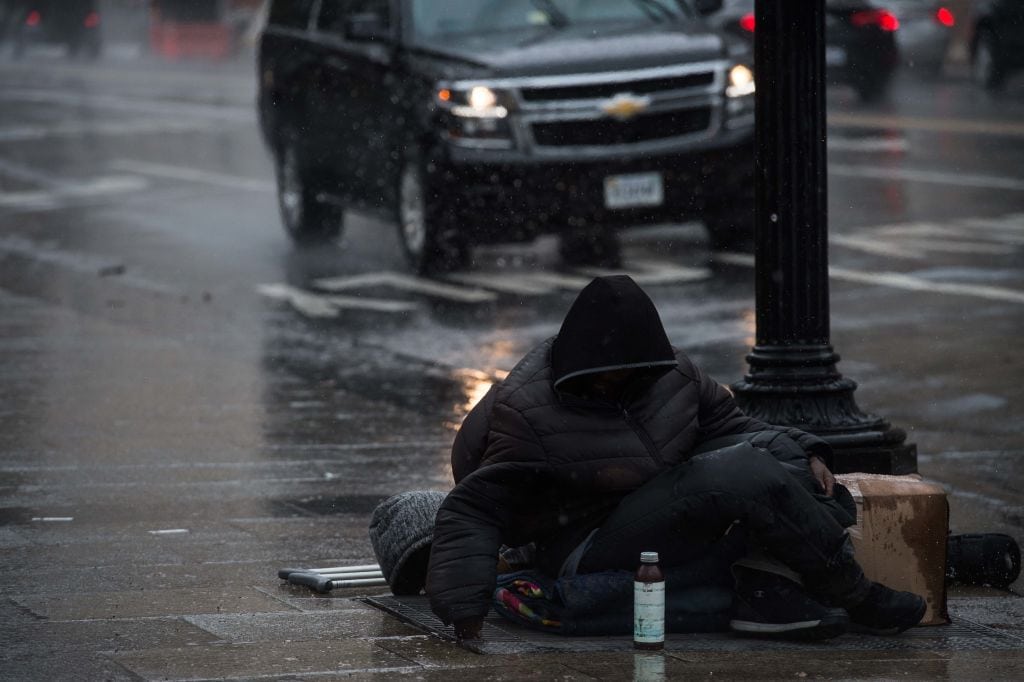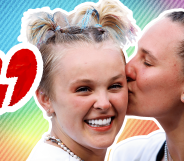LGBT people are up to six times more likely to be victims of digital sex trafficking

LGBT people are disproportionately affected by digital sex trafficking, activists have reported.
A huge 12 percent of cases reported since 2005 about remote interactive sexual acts – via webcam, phone sex lines or text – involved LGBT people.
Victims are classed as those participating because of force, fraud or coercion, or if the victim is under 18.
US anti-slavery charity Polaris has said that other sex trafficking categories used in its National Human Trafficking Hotline records typically show two to five percent of victims are LGBT.
The rate of LGBT victims forced into digital sex trafficking was “surprising,” Polaris’s chief executive Bradley Myles told Thomson Reuters Foundation.

He added that he was “glad this is helping to paint a broader picture, so people don’t gravitate towards the obvious aspects of trafficking and so we can help to unearth the parts that are getting ignored, especially in the LGBTQ community.
“There is a wider lack of understanding how there is an LGBTQ element to the sex trade, whether in person or through remote interactive webcams, or other remote interactive sex acts,” he added.
Myles also emphasised that there was “an added vulnerability there through homelessness,” in reference to the LGBT community.
Studies have indicated that as much as 40 percent of homeless young people are LGBT.
These homeless LGBT youths are more likely to be victims of crime than their straight counterparts, other surveys have found.
Last year, 7,572 trafficking cases were reported to the National Human Trafficking Hotline, a rise of 24 percent on 2015.
73 percent of these reports – 5,550 cases – related to sex trafficking, while 1,057 were about trafficking for forced labour.
Polaris noted that the most common ways of people being forced into sex trafficking last year were by a sexual partner or family member.

